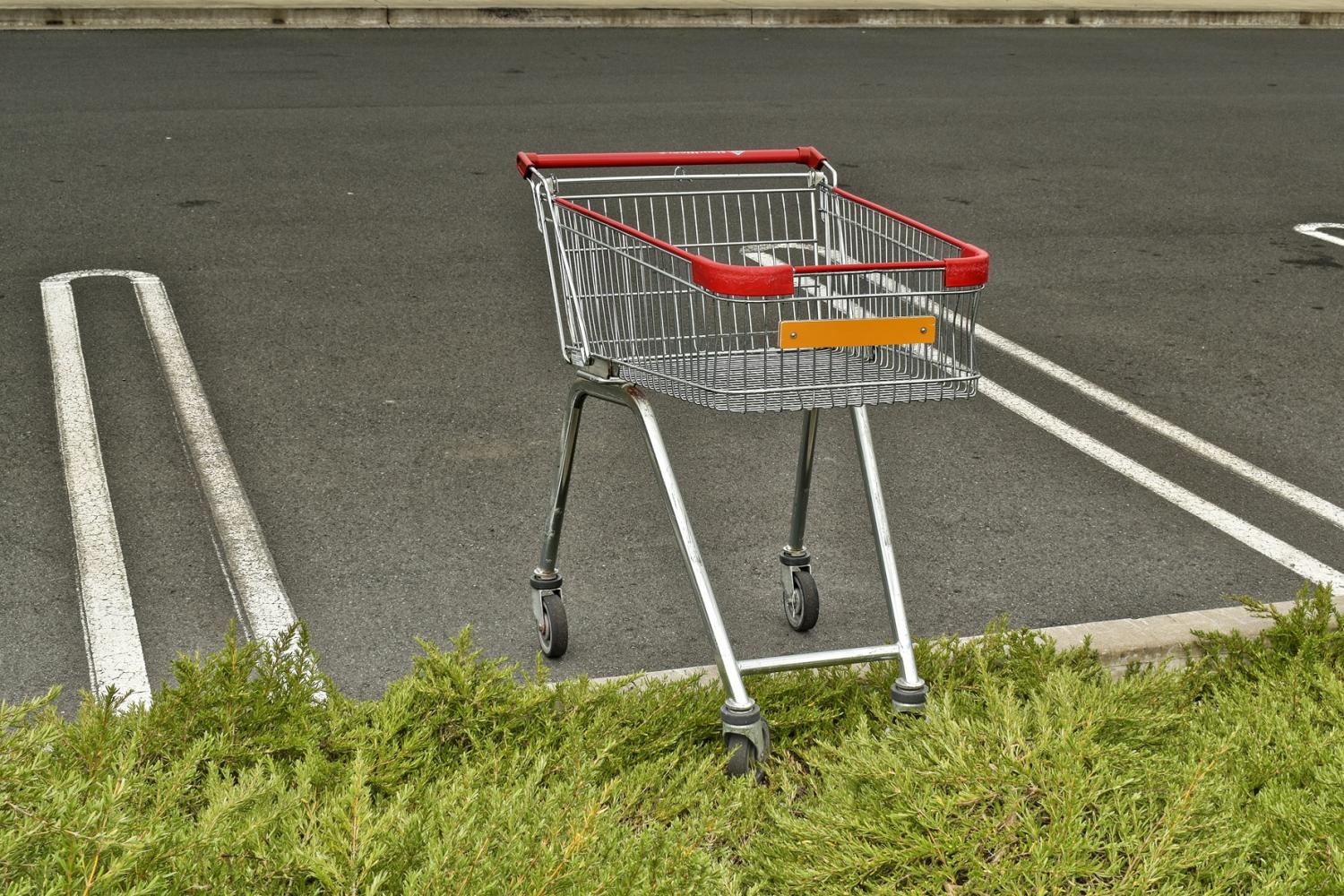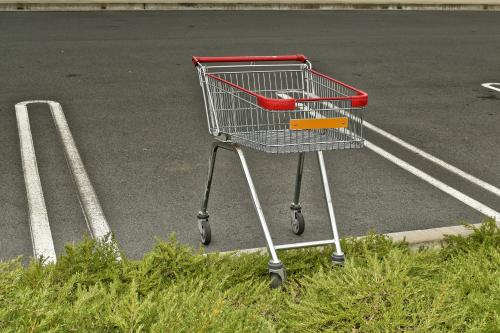This is an update to a June 2025 analysis, which is archived here.
This data interactive accompanies “SNAP cuts in the One Big Beautiful Bill Act will significantly impair recession response” by Lauren Bauer and Diane Whitmore Schanzenbach.
Currently, able-bodied adults without dependents (ABAWDs) between the ages of 18 and 54 have to meet work requirements to receive Supplemental Nutrition Assistance Program (SNAP) benefits. If they fail to do so for three months, they are not eligible to receive benefits until the end of a three-year period, which is why the work requirement is commonly called “the time limit.”
When there is evidence that local labor markets are struggling, states can apply for waivers to exempt ABAWDs living in those areas from the time limit. When a waiver is in place, ABAWDs unable to find work are not penalized for failing to meet the work requirement.
The One Big Beautiful Bill Act exposes additional SNAP participants to time limit work requirements. At the same time, this bill radically changes SNAP work requirement waiver criteria: States may only request waivers when a place has unemployment rate above 10 percent (three-month average, 12-month average, or [as yet to be defined] seasonal average).
To understand how these changes impact the capacity of SNAP to function as a countercyclical program during economic contractions, we applied the proposed three-month 10 percent unemployment rate cutoff to individual counties during the Great Recession. The interactive map shows how long after the start of the recession (December 2007) it took for each county in the U.S. to hit the three-month 10 percent unemployment rate threshold by state.
This interactive allows users to zoom into this map to see how counties within each state would have fared in the past under the new OBBBA rules. For the selected state, users can hover over individual counties to see how long they remained below the threshold and their 2008 population. Below the map, the bar chart highlights the distribution of each state’s population among counties based on how long it took their county to reach the three-month 10 percent unemployment rate threshold.
In the first three months of the Great Recession, which started in December 2007, only 122 counties (where 5.4 million people live) had a three-month average unemployment rate of 10 percent or higher. Within the first year, only an additional 126 counties (7.9 million people) hit a three-month average unemployment rate of 10 percent. Between the first and second years of the recession, 1,154 additional counties (126.4 million people) hit 10 percent unemployment with a three-month average, an additional 338 counties (28.2 million people) between years two and three, 28 counties (1.8 million people) between years three and four. Between the fourth year and the end of the business cycle, 17 additional counties (1.0 million people) reached a three-month average unemployment rate of 10 percent or above.
What was SNAP work requirement waiver policy before OBBBA?
Before OBBBA, states could submit SNAP work requirement waiver requests to the U.S. Department of Agriculture. These waiver requests identified places where the state had documented evidence of a weak labor market as well as the evidence supporting this designation. These criteria included:
- has a recent 12-month average unemployment rate over 10 percent;
- has a recent three-month average unemployment rate over 10 percent;
- has a historical seasonal unemployment rate over 10 percent;
- is designated by the U.S. Department of Labor as a Labor Surplus Area (LSA);
- qualifies for Extended Benefits to Unemployment Insurance (EB);
- has a low and declining employment-to-population ratio;
- has a lack of jobs in declining occupations or industries;
- is described in a study or other publication as an area where there is a lack of jobs; or
- has a 24-month average unemployment rate of 20 percent above the national average for the same period, starting no earlier than the start of the LSA designation period for the current fiscal year.
States could request waivers for the entire state, entities such as cities, towns, counties, Indian Reservations, or Labor Surplus Areas, or state-defined contiguous labor market areas. If approved, these waivers exempt all ABAWDs in that area from time limit work requirement-related rules and penalties.
States could request waivers for the entire state, entities such as cities, towns, counties, Indian Reservations, or Labor Surplus Areas, or state-defined contiguous labor market areas. If approved, these waivers exempt all ABAWDs in that area from time limit work requirement-related rules and penalties.
What is the new OBBBA policy?
The One Big Beautiful Bill Act makes it nearly impossible to waive work requirements by place. It radically changes the waiver criteria: Only places with an unemployment rate above 10 percent (as a three-month average, 12-month average, or as yet undefined “An historical seasonal unemployment rate over 10 percent”) will be eligible for a waiver. Alaska and Hawaii can receive a waiver if their unemployment rate is 150 percent of the national average; these states may also temporarily exempt individuals from work requirements if they show a good faith effort toward implementation. OBBBA also only allows for place-based waivers to last for one year; during the Great Recession waivers could apply for up to three years.
For more research on SNAP work requirement waivers, please see:
The Brookings Institution is committed to quality, independence, and impact.
We are supported by a diverse array of funders. In line with our values and policies, each Brookings publication represents the sole views of its author(s).






